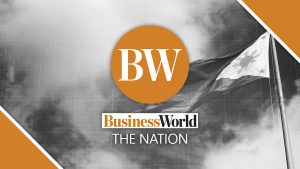
Lawmaker pushes bigger funding for PHL Carabao Center
THE GOVERNMENT should look to increase the Philippine Carabao Center’s (PCC) budget to revive the domestic dairy industry post-El Niño season, a congressman said Thursday.
Increasing the country’s dairy production output and further developing the industry requires a budget increase for the National Dairy Authority (NDA) and PCC, he added.
“For now, only around P89 million has been allotted for the research and development of the National Carabao Development Program under the Philippine Carabao Center, and around P274 million has been allotted for their Herd Build-up of genetically improved Dairy Buffallos,” Party-list Rep. Wilbert T. Lee said in a statement in Filipino.
The programs under the PCC will provide essential breeding services to dairy farmers and enhance agricultural buffalo facilities, improving dairy production output.
“The Herd Build-up program is set to bolster local dairy stocks and local milk production through a series of strategic initiatives,” Mr. Lee said. “Additional funds will facilitate the procurement of new dairy buffalos [and] enhance local production at PCC-operated nucleus dairy buffalo farms and agistment farms.”
Providing further funding to the PCC would ensure that research on “minimizing the impact of extreme weather conditions” on domestic carabaos would continue.
Increased funding would also be used to construct dairy farms with facilities that allow imported carabaos to acclimatize to the country’s weather.
“We cannot afford to import cattles used for dairy without proper acclimatization facility… because many of it dies during the importation [process],” he said in mixed English and Filipino.
There is a need to increase funding for government dairy agencies for the country to attain milk sufficiency, said Mr. Lee. “There are currently 2.6 million cows in the country but only 27,000 are used for dairy. On the other hand, there are 2.8 million carabaos but only 19,000 are dairy types.” — Kenneth Christiane L. Basilio



